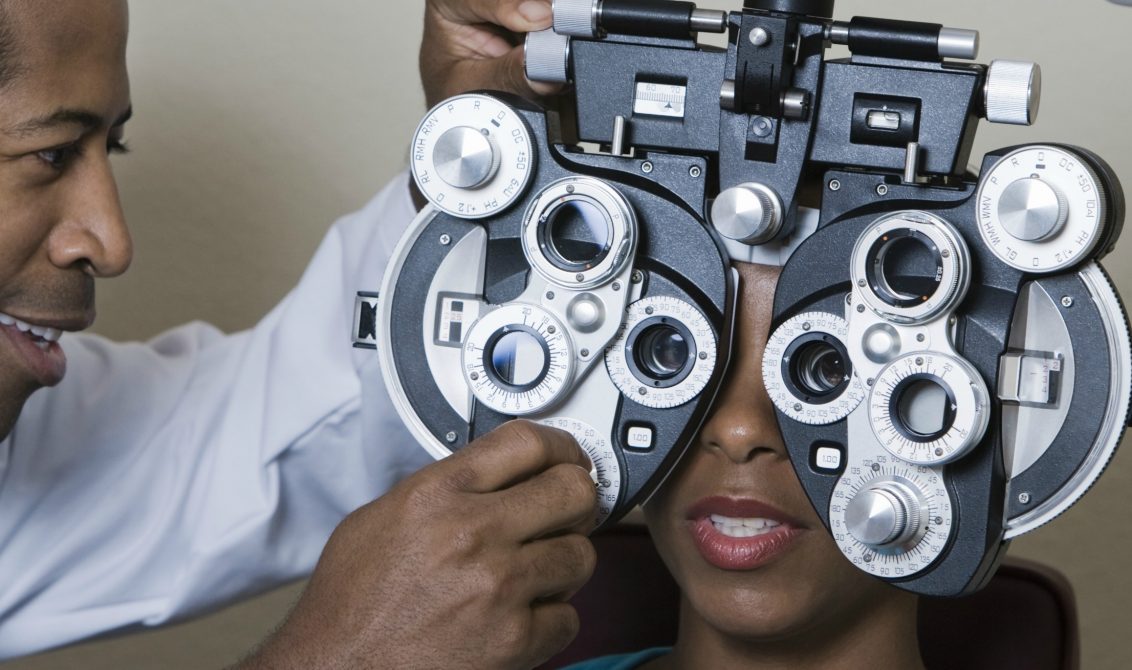
Eye health is about keeping your eyes healthy. It has been said that “the eyes are the window to the soul” and many health problems can be diagnosed by a good eye examination even before symptoms appear elsewhere.
There are an estimated 9 million blind in Sub-Saharan Africa and about 27 million people who are visually impaired (unable to see clearly). These numbers are expected to double by 2020. Most (80%) of the causes of visual impairment and blindness in Africa are completely avoidable.
Causes of blindness in Sub-Saharan Africa are:
- Cataract (causes half of all blindness)
- Glaucoma
- Diabetic retinopathy
- Childhood blindness – Most of a child’s early learning comes through vision, making eye health an important aspect of a child’s development and overall wellbeing.
- Eye infections – trachoma, and onchocerciasis.
Cataracts have been identified as the leading cause of blindness in Africa. A cataract is a medical condition in which the lens of the eye becomes progressively opaque, resulting in blurred vision and eventual blindness.
Glaucoma is the second leading cause of blindness, responsible for up to 30% of blindness. Glaucoma occurs when the channels that drain fluid within the eye become blocked, causing the pressure within the eye to rise. The increasing eye pressure damages the nerve to the eye, causing a gradual loss of vision.
Eye infections commonly occur in poor, overcrowded communities with limited access to safe water and adequate sanitation facilitates.
An estimated 3.1% of deaths worldwide are directly or indirectly due to cataract, glaucoma, trachoma and onchocerciasis
Uncorrected refractive errors cause blurred vision, which is sometimes so severe that it causes visual impairment. Squinting, eye strain and headaches often accompany refractive errors.
The four most common refractive errors are:
- Myopia: people with this refractive error usually have difficulty in seeing distant objects clearly.
- Hyperopia: people with this refractive error usually have difficulty in seeing close objects clearly.
- Astigmatism: this occurs when there is an irregularity of the cornea which is usually curved.
- Presbyopia: which leads to difficulty in reading or seeing at arm’s length, it is linked to ageing and occurs almost universally.
Eye glasses correct all refractive errors. Contact lenses and surgery are also alternative treatments.


